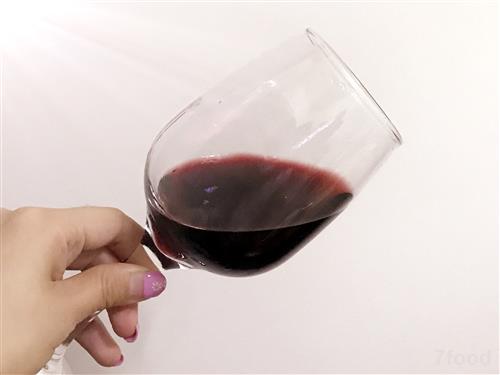In general, defective wines can be seen by visual observation. However, those defects such as turbidity, dark brown color, may also be affected by other factors. When the wine is poured into the glass, in addition to observing the appearance of the wine, it is also possible to judge whether the wine is deteriorating by smelling the odor. If the following six kinds of odor appear in the wine, it is necessary to be careful, and this bottle of wine may be deteriorated. Musty If the wine smells like wet paper and wet animal fur, then this bottle of wine is deteriorating due to TCA (trichloranisole) contamination. TCA is a chemical found in wood plugs. The wine that is damaged by the influence of TCA is harmless to the body, but the smell smells unpleasant. If you want to rescue this bottle of wine at home, you can cut the sandwich-shaped plastic box into a funnel shape, then use it to filter the wine. In the process, the TCA will be absorbed and the filtered wine will be ready for drinking. Sulfur dioxide What is the smell of sulfur dioxide? When you're ready to light a match, the odor that comes out of the match on the matchbox is sulfur dioxide. Sulfur dioxide is added to most wines because sulfur dioxide is a preservative for wine. The tannins in red wine are high, so relatively speaking, white wine will have more sulphur dioxide added. The most direct way to eliminate the smell of sulfur dioxide in wine is to make the wine more exposed to air. Hydrogen sulfide If the rotten egg tastes in wine, this is caused by hydrogen sulfide, indicating that the wine has undergone a reduction. This is a chemical reaction of a reduced sulphur component formed by the lack of oxygen in the wine during fermentation. The reduction reaction produces hydrogen sulfide. To eliminate the smell of hydrogen sulfide, as long as more than one cup, so that the wine can fully contact with the air. 4. Oxidation If you smell a pungent smell in wine, like the smell of rotting apples, then the wine is over-oxidized. Unlike smelly Sherry, orange wines, etc. that are deliberately oxidized to increase flavor, this odor is very unpleasant. Over-oxidized wine is no longer suitable for drinking. Stew If the wine is exposed to high temperatures, it is easy to have a stew. The stewed taste is expressed in the wine as boiled fruit and caramel. Of course, wines with a pronounced caramel taste, such as Madeira, are not damaged by heat but are treated with special winemaking techniques to increase caramel flavor. However, if Cabernet Sauvignon or white wine has such stewed taste, it is a manifestation of deterioration of the wine. 6. Brewing yeast Brettanomyces or Brett, whose name sounds good, but you can't taste it. Conversely, wines that are heavily affected by Brettanomyces emit stinky socks, wet dogs, and horses. Wines that are less severely affected will lack fruity flavors and emit alcohol, gypsum, and livestock flavors. Red wine that has been stained with brewer's yeast shows a bitter metallic taste at the end of the tongue, and white wine can smell like tuna. At present, the wine-flavored yeasty taste is still controversial. Some people like some people to hate it. When this kind of smell appears in your wine, you can choose whether or not to drink it according to your preferences. Iron Fortifier,Manganese Sulfate,Food Grade Manganese Sulfate,Manganese Sulfate Monohydrate LIANYUNGANGLONGTAIWEI FOOD INGREDIENTS CO.,LTD. , https://www.longtaiweifood.com